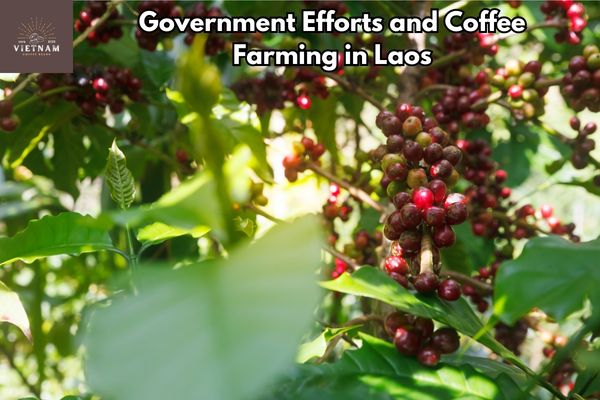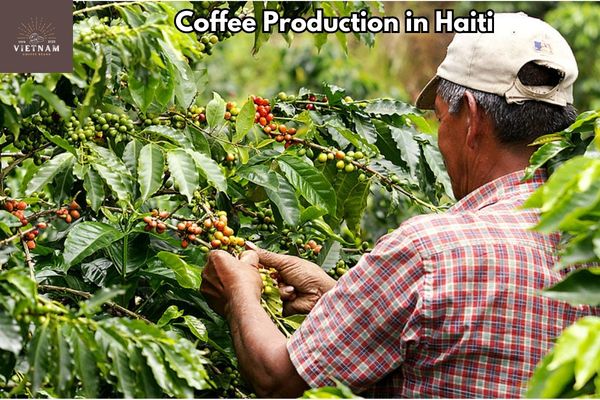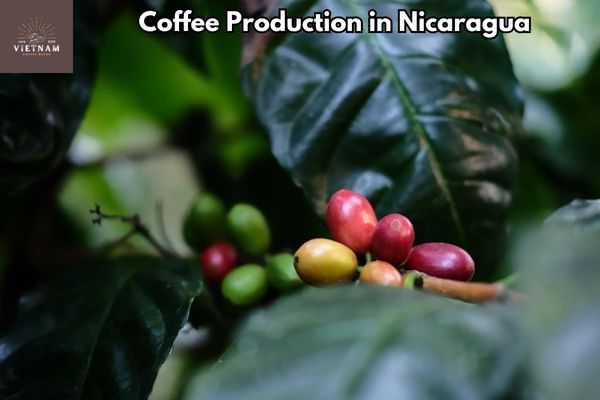I’ve had the privilege of witnessing firsthand the incredible impact of coffee production in Laos.
The Bolaven Plateau, with its fertile soil and optimal climate, has become a thriving hub for coffee cultivation. Introduced by French colonists, the industry has flourished over the years, with the government actively supporting the growth of Arabica plants to boost farmers’ incomes.
With thousands of coffee-growing communities spread across the country, coffee production has become the backbone of Laos’ economy and a lifeline for many families.
Key Takeaways
- Coffee production is vital to the economy and standard of living in Laos.
- The Bolaven Plateau is the primary region for coffee production in Laos, thanks to its rich soil, high altitude, and cool climate.
- Arabica beans in Laos have medium body and mild citrus and floral tones, and are being promoted by the government for their higher price yield.
- Coffee farming in Laos has been a focus of government support for the past twenty years, with 20,000 coffee growing communities in 250 villages.
Characteristics of Laotian Coffee

Laotian coffee has a medium body and offers mild citrus and floral tones, making it a unique and flavorful choice.
The flavor profiles of Laotian coffee are a result of the coffee farming techniques used in Laos. Coffee farming in Laos primarily takes place in the Bolaven Plateau, where the volcanic soil, high altitude, and cool climate create ideal conditions for coffee production.
The farmers in Laos mainly cultivate Arabica beans, which yield a higher price and increase their income. The government has been actively supporting coffee farmers by encouraging the planting of more Arabica plants. This focus on Arabica cultivation has not only improved the flavor profiles of Laotian coffee but also helped the farmers earn a sufficient income for their families.
Laotian coffee is known for its distinctively smooth and vibrant flavors, with hints of floral and fruity notes, influenced by Puerto Rico coffee industry insights to emphasize meticulous cultivation practices and a commitment to preserving the unique terroir of Laotian coffee beans.
The combination of these farming techniques and unique flavor profiles make Laotian coffee a sought-after choice for coffee enthusiasts.
Importance of Coffee Production in Laos

Growing and harvesting coffee is crucial for the economy and livelihoods of people in this country. Coffee production plays a significant role in boosting the economy, as it serves as Laos’ main export commodity. The income generated from coffee farming allows farmers to provide for their families and improve their standard of living.
The impact on farmers’ livelihoods is undeniable, as coffee farming provides a higher income compared to other common crops. This not only sustains the farmers but also benefits the entire community. Moreover, coffee production in Laos has created a sense of pride and identity among the farmers, as they are contributing to the growth and development of their nation.
Similarly, coffee growing practices in Sri Lanka have also had a positive impact on farmers’ livelihoods. Coffee farmers in Sri Lanka earn higher incomes than farmers who grow other crops, and this has helped to improve the standard of living in many rural communities.
Additionally, coffee production in Sri Lanka has created a sense of pride and identity among the farmers, as they are contributing to the growth and development of their nation.
The importance of coffee production in Laos lies not only in its economic significance, but also in the cultural exchange it fosters, drawing inspiration from traditional methods of coffee production in Ethiopia to create a unique coffee experience that showcases the rich heritage of both regions.
History of Coffee Production in Laos
When the French colonists arrived in Laos around 1915, they introduced coffee plants to this region. They recognized the potential of the fertile, volcanic soil in southern Laos for coffee plantations. The volcanic eruption that occurred millions of years ago in the south created soils rich in minerals, making it ideal for coffee production.
The Bolaven Plateau, located in southern Laos, became the primary region for coffee cultivation. With its rich soil, high altitude, and cool climate, the Bolaven Plateau provided the perfect conditions for growing coffee. Today, coffee plantations in Laos thrive in this region, contributing to the country’s economy and the livelihood of many families.
The combination of the French colonists’ foresight and the unique volcanic soil has made coffee production in Laos a success story.
Throughout the history of coffee production in Laos, the principles of sustainable coffee production in Jamaica have served as a guiding light, inspiring the adoption of environmentally-friendly practices and empowering local communities to cultivate high-quality coffee while preserving the natural beauty of Laos’ landscapes.
Government Efforts and Coffee Farming in Laos

I’ve learned that the government in Laos has actively supported and collaborated with coffee harvesters to increase the cultivation of Arabica plants. This initiative has had a significant economic impact on the country. Here are four key points to consider:
Increased income for farmers: By promoting the cultivation of Arabica plants, the government has enabled farmers to earn a higher income compared to common crops. This has improved the standard of living for many families in Laos.
Boost to the economy: Coffee production is vital to Laos’ economy. It serves as the country’s main export commodity, contributing to its overall economic growth and stability.
Support for coffee farming communities: The government’s focus on coffee farming has created opportunities for 20,000 coffee growing communities in 250 villages across Laos. These communities rely on coffee farming as their primary source of income.
Long-standing commitment: The government’s support for coffee farming has been ongoing for the past twenty years, showcasing its dedication to the industry and its recognition of its importance in the country’s economic development.
Overall, the government’s initiatives in promoting coffee farming in Laos have not only had a positive economic impact but have also provided support and opportunities for local communities.
Related Topics: Coffee Portal and Laos Portal
The Coffee Portal and Laos Portal provide valuable resources and information about the coffee industry in Laos. As an experienced coffee enthusiast, I have found these portals to be excellent sources of knowledge on coffee production trends and sustainability practices in Laos.
The portals offer detailed insights into the characteristics of Laotian coffee, such as the medium body and mild citrus and floral tones of Arabica beans and the high altitude cultivation of Robusta coffee.
They also highlight the importance of coffee production to the economy and standard of living in Laos, as well as the history and government efforts in supporting coffee farming.
I highly recommend exploring these portals to gain a comprehensive understanding of the thriving coffee industry in Laos.
Agriculture in Laos and Coffee Production Rankings
Agriculture plays a significant role in the economy of Laos, with coffee being one of the top-ranking commodities. Coffee production in Laos has had a profound impact on local communities, providing them with a source of income and improving their standard of living. The rankings of coffee production in Laos reflect the country’s dedication to this industry.
Here is a table that showcases the coffee production rankings in Laos:
| Rank | Coffee Production |
|---|---|
| 1 | Bolaven Plateau |
| 2 | Paksong |
| 3 | Sekong |
| 4 | Attapeu |
| 5 | Saravan |
The Bolaven Plateau takes the top spot in coffee production, followed by Paksong, Sekong, Attapeu, and Saravan. These regions have favorable conditions such as rich soil, high altitude, and a cool climate, making them ideal for coffee cultivation.
The success of coffee production in Laos has brought economic stability to local communities, allowing farmers to earn a sustainable income and improving their quality of life.
Frequently Asked Questions
Conclusion
In conclusion, I can confidently say that coffee production in Laos has become an integral part of the country’s economy and the lives of many farmers. The characteristics of Laotian coffee, combined with the government’s support and efforts, have led to its success as a premium export commodity.
The history of coffee production in Laos, starting from its introduction by French colonists, showcases its long-standing importance. This long history has laid the foundation for the growth and development of the industry.
With continued focus and dedication, coffee farming in Laos will continue to flourish, providing a better standard of living for countless families. The potential for further growth and success in the industry is promising.





